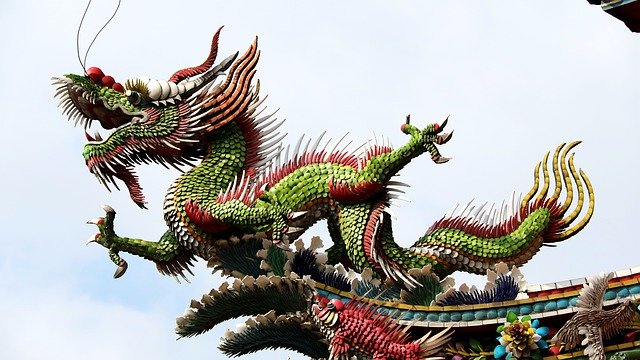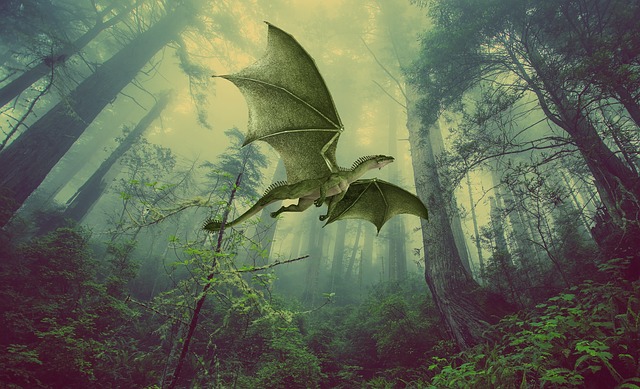
CRYPTOZOOLOGY
JULY 21, 2021
The myths and folklore about dragon

The myths and folklore about dragon in the mythologies, legends, and folktales of various cultures, a large lizard- or serpent-like creature, conceived in some traditions as evil and in others as beneficent.
Dragons are among the most popular and exciting of the mythological creatures. The myths and folklore about dragons are known in many cultures, across Americas to Europe and from India to China.
Of all legendary creatures, the dragons, from Greek δράκων or drákōn meaning “to watch”, have gained their unique place in the universe of mythological accounts.
They have a long and various history in many forms and continue to populate our popular culture products such as books, movies and TV shows.
During medieval Europe, dragons were usually depicted with large wings and a long neck as well as breathing fire. Scholars believe that the fire-breathing ability of dragons came from depictions of the mouth of hell;
In the Middle Eastern world, where snakes are generally large and deadly, the serpent or dragon was symbolic of evil, the dark force. Thus, the Egyptian god Apepi, for example, was the great serpent of the darkness world.
While in Chinese mythology, the dragon are usually associated as signs of good luck. More over, ancient emperors would often claim connections to these holy beasts.

According to Realm of History website, there are at least ten kind of mythical dragons from different cultures in the world.
- Akhekh (from Egypt)
- Drakon Kholkikos (from Kolkhis or Georgia)
- Druk (from Bhutan)
- Fafnir (from Scandinavia)
- Kukulkan (from Mesoamerica)
- Kur (from Sumeria)
- Python (from Greece)
- Stoor Worm (from Scotland)
- Vritra (from India)
- Abrasax/Abraxas (from Persian)
Although the term dragon has no zoological meaning, it has been applied in the Latin generic name Draco. Some species of small lizards found in the Indo-Malayan region have this name as their scientific names.
The name is also popularly applied to the giant monitor discovered on Komodo Island, Varanus komodoensis or better known as the Komodo dragon from Indonesia.
The Komodo dragon was verified by Western scientists only around 1910 by scientific study, but rumors and stories of these fearsome beasts had circulated long before that in the myths and folklore about dragon.
related post